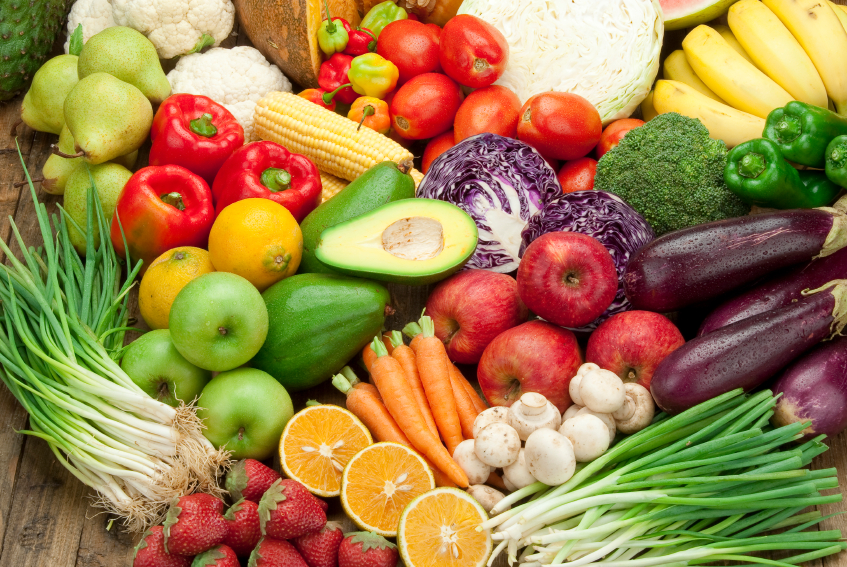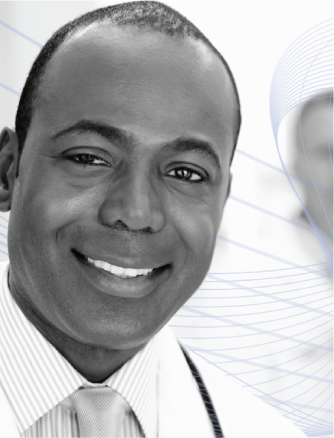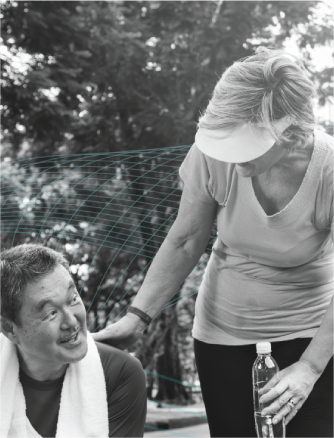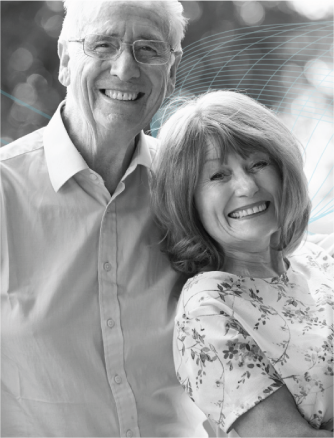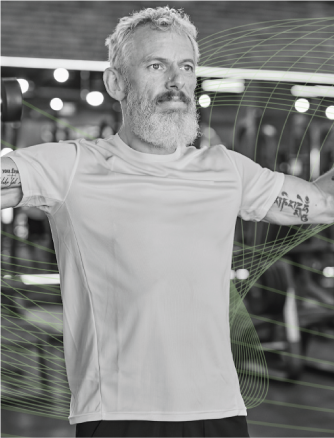When presented with any health or lifestyle related issues, like Type 2 diabetes, how often have you heard the advice: eat healthy and exercise?
Easier said than done, right?
In her TedTalk about Obesity and diabetes, Sarah Hallberg discusses how doctors’ traditional treatment of insulin resistance has to change from one of prescription to diet. Hallberg is one of many TedEx speakers who discusses diets that could cure prediabetics or Type 2 diabetics, and it’s no wonder, as Hallberg explains:
“Almost 50% of adult Americans have diabetes or prediabetes—that’s almost 100 million of us.”1
There are myriad causes for Diabetes, but often prediabetes and Type 2 diabetes cases are preventable and, potentially, treatable to the point of being curable. Nutrition is one such treatment, and it is a drum that doctor’s beat often. It’s also a particularly difficult one for people to comply with because the issue is bigger than food—it’s social. The way we share and prepare food, the way we consume it, and the way that we think about it, is all part of a human’s lifestyle steeped in culture, tradition, and habit, and unfortunately, it’s killing us.
Raw food vs. Type 2
“Diabetes is easy to heal”, says Dr. Cousens the founder and advocate for the Raw Food Movement.2 The Raw Food Challenge is a reality TV style documentary where Cousens presents and proves that diet is the key to diabetes. The documentary follows six participants as they embark on their 30-day Raw Food challenge. Unsurprisingly, they each react to the relocation, seclusion, and intense lifestyle change differently, and the documentary style is such that the viewer can gain insight on just how significant and demanding the Raw Food challenge is. Five of the six complete the challenge and return home cured or nearly-cured—which presents an overall positive outcome, but leaves the viewer wondering about the results of the Challenge once the participants return home.
Call to action
The film portrays a sense of obliviousness that the public has about diabetes. Diabetes, the film explains, is either the over or under production of insulin which requires careful regulation of sugar intake. It also insinuates that doctors don’t quite understand diabetes and how correcting a person’s diet can be used as treatment.
At one point, a participant says, “I don’t see why the doctors don’t know about this.”2 The sentiment is echoed throughout the film when others express that they wish their doctor had simply told them that it was their diet that could treat their diabetes. The participants wished that their doctors would have suggested alternatives to insulin injections before they’d become dependent on pharmaceutical solutions.
Morgan Spurlock drives the call to action home when he says, “…why not change the way you live now? Then you won’t be sick and dying… You are waiting until it’s almost too late to make a difference in your own life.” Rather than wait for a doctor to treat a problem, Spurlock is challenging the viewer to preclude the doctor and preempt disease and health problems by making a lifestyle change now. This requires people, not patients, to take not only their diet and health into their own hands, but to instigate change in their immediate community.
Paradigm shift
Woody Harrelson explains:
“Doctor’s today come in when there’s already a problem. They don’t tend to be preemptive.”2
The root of the problem is bi-fold—on one-hand people (who may be prediabetic, diabetic, or perfectly healthy) need to monitor their processed foods intake, while on the other doctors work to fix problems and not avoid them. The healthcare system as a whole is tackling the paradigm shift towards prevention every day. The film leaves one wondering, why does it have to start with doctors if doctors are trained to hand out patches and not cures.
Location and community
The film showed that true adjustment might not be possible without an immersive community. The participants found that support from their local community were of utmost importance for first making and then maintaining the lifestyle change. Harrelson says:
They’ve gotta somehow get people in their family or circle to be supportive, because otherwise it’s really hard, I think, really hard. Just for me to be more raw food than cooked, it’s generally about the people around me. If I don’t have someone around me, at least one person, helping me…[shakes his head] If you don’t have that and you go home and you are with one other person who’s eating Cheerios, well, that’s tough. Really tough.2
Taking on the Raw Food lifestyle change isn’t just a change for the participant, but a lifestyle change for their entire family or in-home eating community.
Prevention is key
Ultimately, the documentary’s message was one that called for people to take preventative care into their own hands, and to do that they need to find or create social support. This could include a change of environment and lifestyle for everyone close to the participant. It could involve a strong social network to help monitor and motivate the individual as they make their way towards healthy living. The film also made it clear that it’s never too late or too early to start eating healthy—sick or not, the film called for a change in the average American’s eating habits.
One doctor in the documentary rightly points out that the change in his patient is fantastic saying that: “The fundamental thing about treating diabetes is what you put in your mouth…but how do we ship all my patients to Arizona?” Doctors simply can’t immerse every patient into a monitored, safe-care environment nor can they forcibly change the lifestyles of their patients. They can prescribe immediate fixes that will keep their patients healthy enough to survive.
Social survival
Survive yes, but if those patients want to live longer, fuller lives then they have some hard choices to make and enforce. The fundamental problem with alternative treatment approaches like the raw food movement is that it is difficult to realistically implement in everyday life. We live in a food culture of processed foods and we’re surrounded by “bad” food choices daily. Only the individual can truly monitor what they eat every day unless they have a very strong support network or an immersive social environment.
With the changing way society now views social interaction, it may be possible that this social support could come in the form of a social media network of like-minded participants and medical practitioners. Still, while The Raw Food Challenge certainly makes an excellent case for its diet it also shows that diabetes is anything but “easy to cure.”
[1] https://www.youtube.com/watch?v=da1vvigy5tQ [return]
[2] https://www.youtube.com/watch?v=2pjkC71exKU [return]

